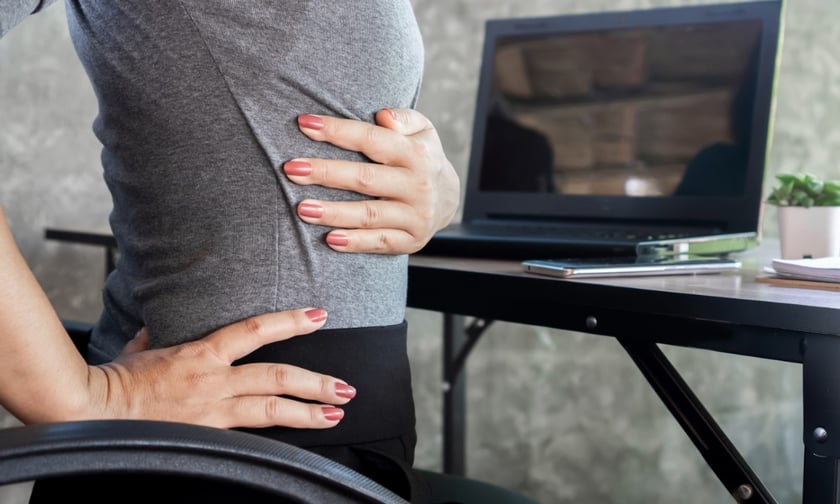

The State Insurance Regulatory Authority (SIRA) and the NSW Agency for Clinical Innovation (ACI) have introduced a new guideline for the management of low back pain in New South Wales.
The move – which aims to enhance the care and treatment for sufferers – resulted in an updated model of care, which is grounded in the latest research and evidence, setting a standardised protocol for addressing back pain issues.
According to SIRA, back pain is a prevalent concern in Australia, affecting an estimated 4 million people, and is a notable cause of injury within the frameworks of the workers’ compensation and motor accident schemes. It's reported that back injuries constitute 20% of claims in the workers’ compensation domain and 10% in motor accidents.
Dr Petrina Casey, acting chief executive of SIRA, said addressing the needs of individuals with low back pain is of paramount importance. The condition has been prioritised as a key area for the integration of value-based healthcare strategies into NSW's workers compensation and motor accident schemes.
“People with low back pain tend to have poorer outcomes, with higher rates of surgery, pain medicine utilisation, psychological distress, and lower return-to-work rates,” she said. “Helping people with back pain access the right healthcare at the right time through the updated model of care will promote the best possible recovery outcomes.”
The model introduces a modern, evidence-based approach for primary healthcare providers, offering a guide to the best practices in the management of low back pain. It is structured around 10 core principles that facilitate the initial evaluation, treatment, and ongoing review of individuals with back injuries.
One of the notable improvements in the model is its emphasis on extending healthcare access to people living in rural and remote locations. This adjustment ensures that a wider range of healthcare practitioners – including physiotherapists, osteopaths, chiropractors, exercise physiologists, or practice nurses – are available to support patients' rehabilitation needs.
To aid in the dissemination of this model, SIRA and ACI have published both a summary of the care model and a brochure for patients. These materials are designed to educate healthcare providers and patients alike, promoting self-management techniques, encouraging a swift return to work and regular activities, and ultimately empowering individuals in their journey to recovery.
